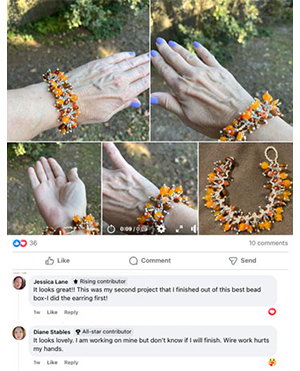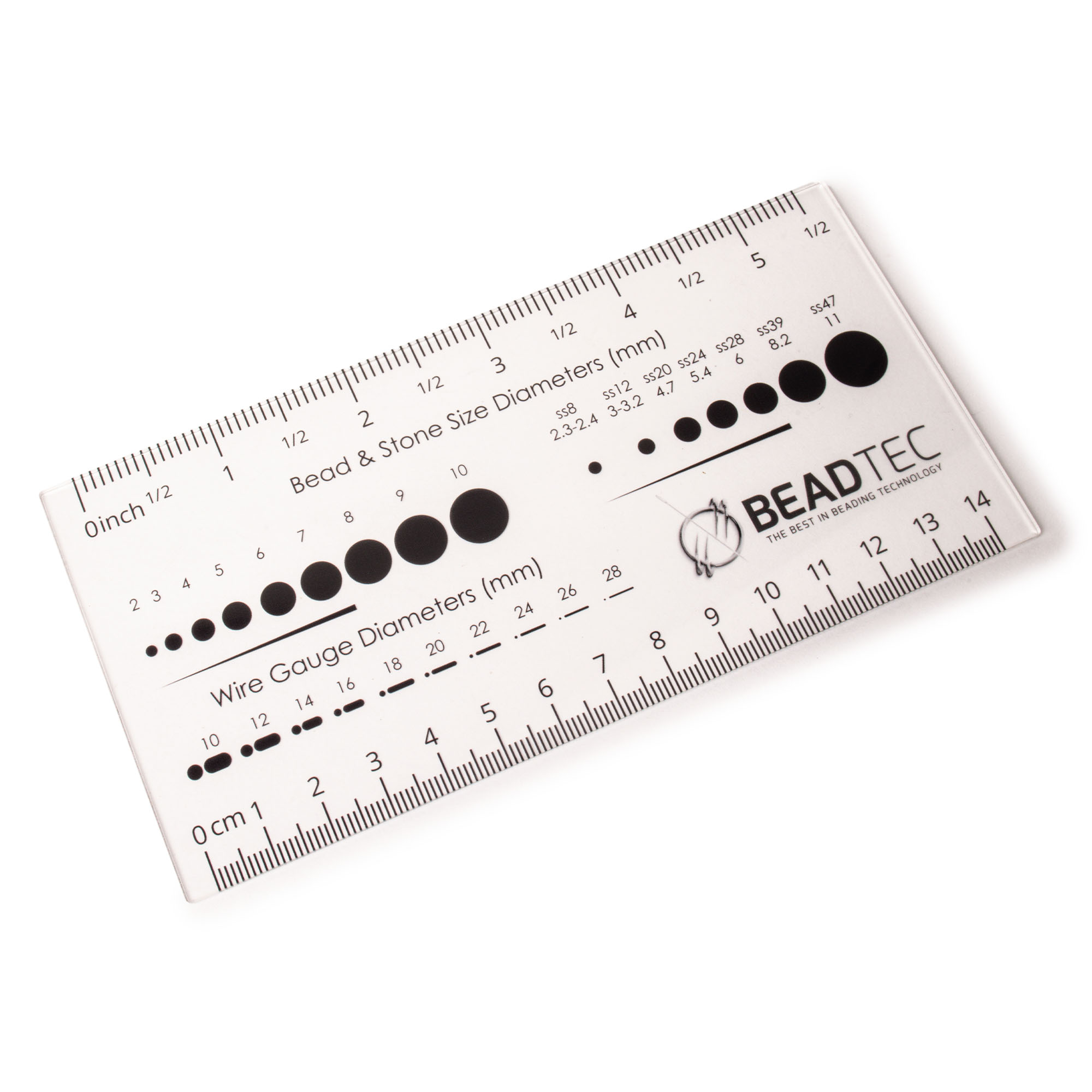- Jewelry-Making Supplies ▾
Design Jewelry with Confidence!
Seed Beads
Thread, Wire, & Stringing Materials
Athenacast Findings & Components
Everything Else
- Kits & Collections ▾
Assemble Your World
Kits & Collections
- Subscriptions ▾
Want monthly Beading Happiness?
Subscriptions
- Learn to Make ▾
Want to learn more?
- Discounts & Deals ▾
Explore Today's Promotions!
- Jewelry-Making Supplies
- Kits & Collections
- Subscriptions
- Learn to Make
- Discounts & Deals
-
Seed Beads
Thread, Wire, & Stringing Materials
Findings & Components
Everything Else
-
Kits & Collections
-
Subscriptions
- Home
- How to Make Jewelry
- Better Beader Episodes
- Wire Tips You Need to Know
Wire Tips You Need to Know

Watch the Video Tutorial
Watch the Video Tutorial
Need Any Extra Materials?
Need Any Extra Materials?
Need Any Extra Materials?
Need Any Extra Materials?
Episode Transcript
Episode Transcript
Introduction
Wire working is an essential skill for any jewelry maker, and mastering the techniques can take your designs to the next level. In this Better Beader episode from Potomac Beads, we'll explore some crucial wire working tips that will help you create stunning, professional-looking pieces. Whether you're a beginner or an experienced beader, these tips will provide valuable insights and help you refine your skills.
Materials Needed
- Wire in various gauges (e.g., 20, 22, 24, 26 gauge)
- Wire cutters
- Round nose pliers
- Chain nose pliers
- Nylon jaw pliers
- Ruler or measuring tape
- Beads of your choice
Step-by-Step Tutorial
- Choose the right wire gauge for your project
- 20 gauge wire is great for making clasps and other components that require more strength
- 22 and 24 gauge wire is ideal for creating wire-wrapped loops and links
- 26 gauge wire is perfect for delicate wire wrapping and intricate designs
- Use nylon jaw pliers to straighten your wire
- Nylon jaw pliers prevent the wire from getting scratched or marred
- Gently run the wire through the nylon jaws to remove any kinks or bends
- Create neat and uniform wire-wrapped loops
- Use round nose pliers to create a small loop at the end of your wire
- Wrap the wire around the base of the loop 2-3 times, keeping the wraps tight and close together
- Trim the excess wire close to the wraps using wire cutters
- Make clean, flush cuts with your wire cutters
- Position your wire cutters as close to the base of the loop or wrap as possible
- Make a clean cut in one smooth motion to avoid leaving any sharp edges
- Use a ruler or measuring tape to ensure consistency
- Measure your wire before cutting to ensure all your components are the same size
- Use a ruler to space out your beads evenly when creating wire-wrapped links
Customization Ideas & Inspiration
- Experiment with different wire colors and finishes (e.g., silver, gold, copper, antique brass)
- Combine wire-wrapped elements with beaded strands for a unique, mixed-media look
- Create wire-wrapped pendants or earrings featuring your favorite beads or gemstones
- Use wire to add texture and interest to your designs (e.g., coils, spirals, twists)
Conclusion
With these essential wire working tips from the Better Beader episode, you'll be well on your way to creating stunning, professional-quality jewelry. Remember to practice patience and consistency as you work on your wire wrapping skills, and don't be afraid to experiment with different techniques and designs. We'd love to see your creations, so please share them with us in the comments below or on our social media channels. Happy beading!
Join Our Growing Community
Join Our Growing Community




Our Testimonials
Our Testimonials
- 56084 (83.7%)
- 4821 (11.3%)
- 3302 (4.2%)
- 233 (0.5%)
- 125 (0.3%)
- Favorite Reviews
- Highest to Lowest
- Newest to Oldest
- All Ratings
- 5 ★ Reviews
- 4 ★ Reviews
- 3 ★ Reviews
- 2 ★ Reviews
- 1 ★ Reviews
Loading...
Only Visible on Admin Mode
Item Description
Designer's Material List
Project Steps
To create a head pin, use round nose pliers to form a small loop at one end of the wire, then coil it with chain nose pliers to create a spiral base. Slide your chosen bead onto the wire, ensuring it sits centrally above the base.
Bend the wire above the bead at a 45-degree angle for a coiled eye pin, leaving space for coils.
Use round nose pliers to form a loop at the top, marking plier jaws for consistent loop sizes.
Coil the wire down towards the bead, typically three coils, and cut off excess wire.
Adjust the orientation of the loop to ensure proper alignment with the bead and other jewelry components.
Highest Quality
Products
100% Money
Back Guarantee
Fast
Shipping
Best Teaching &
Customer Service
You'll want these emails...
Get Free Projects & Inspiration
Get Free Projects & Inspiration
- Bullet 1
- Bullet 2
- Bullet 3
Copyright © PotomacBeads









